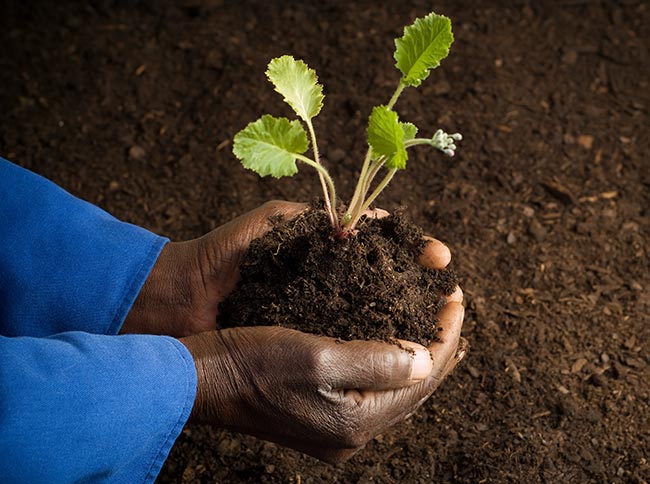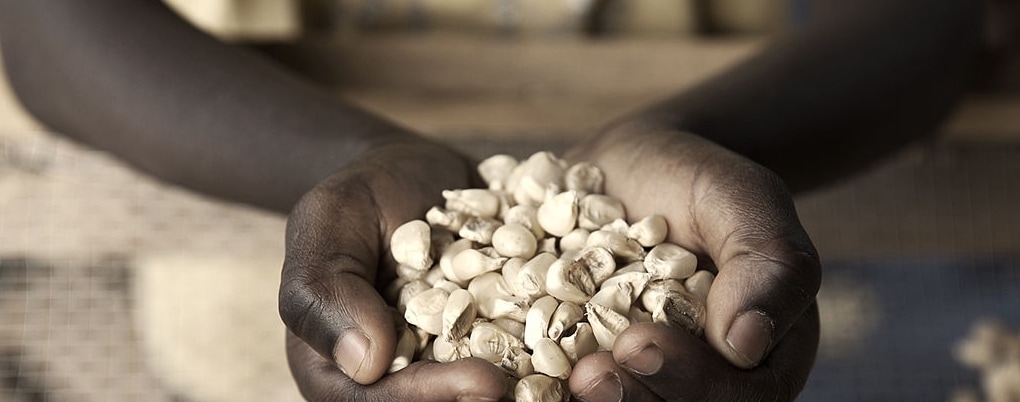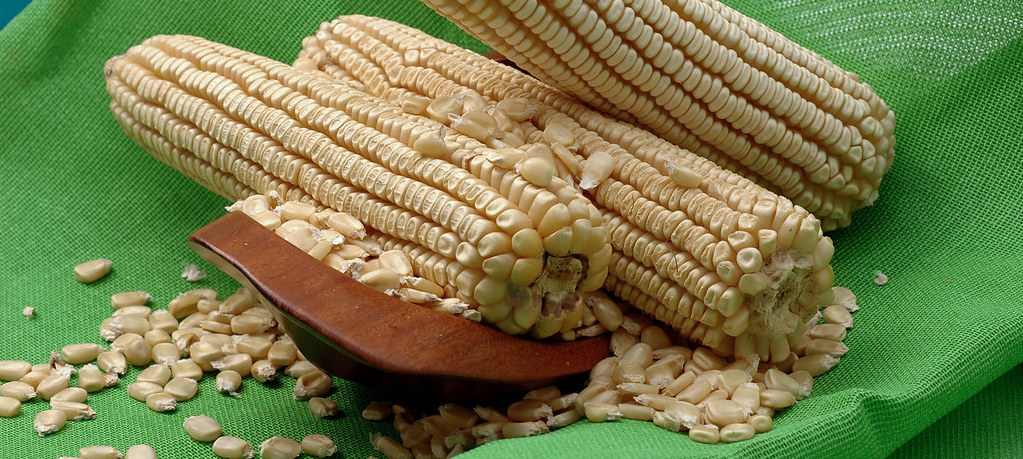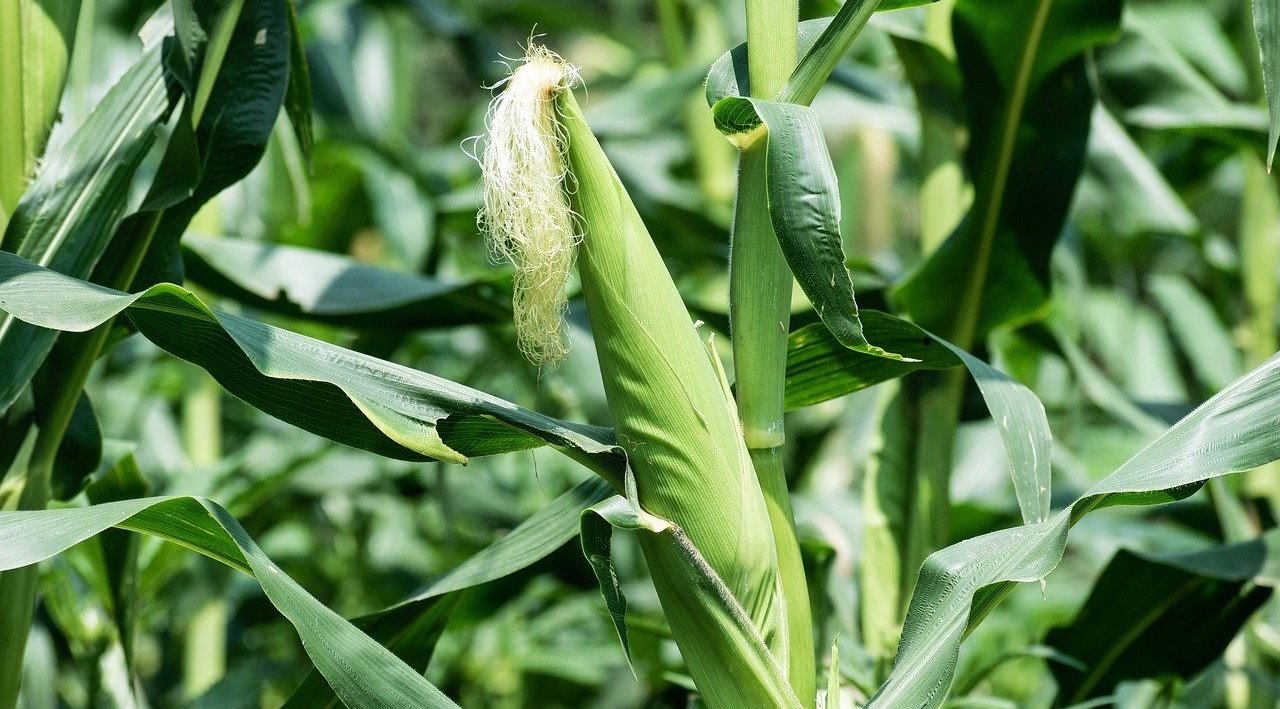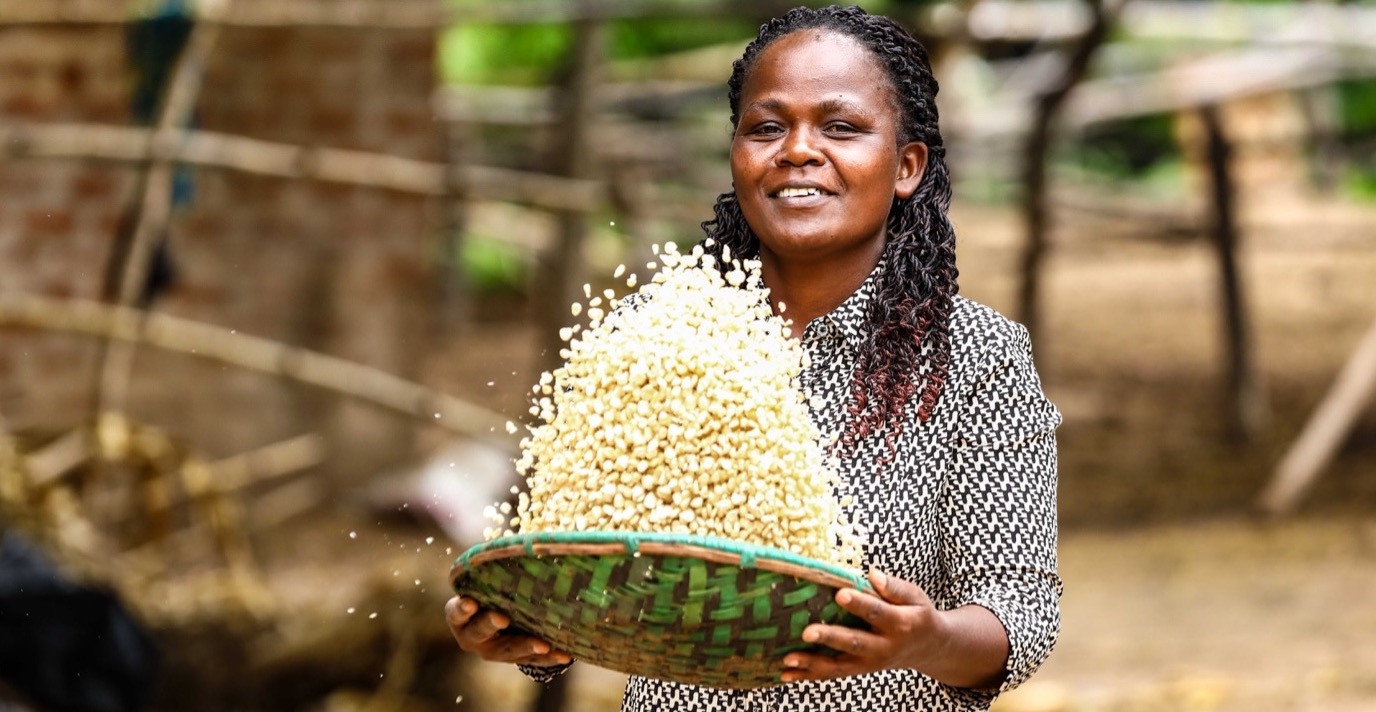Jeniffer Muthoni Maina has one acre farm in Kibubung’i location in Laikipia East sub-county which she grows maize, black beans (njahi) and dairy farming.
Until 2013, Muthoni could only harvest half a bag or one bag of 90kg maize from her one acre farm. She said, with these yields, she could hardly make ends meet for her family of four children.
“I barely got enough food for my family. I had to rely on my dairy farming to sell milk or multiplication of goats to sell so I could get some money to buy food,” she said.
Muthoni had been planting crops especially maize in the conventional way for long and although she had heard numerous times on other ways of planting her crops in order to get good yields, she was always hesitant to tryout because she has always known of one way to go about planting and harvesting of maize.
But since adapting Conservation Agriculture (CA ) in 2014, her maize production started increasing to two bags and now she harvests about four to six bags of maize.
I knew about Conservation Agriculture through the African Conservation Tillage Network when they came to Laikipia and taught farmers on the new method.
Personally I agreed that my farm be used as a demonstration site and since then I can tell you I have never looked back
Muthoni says that through the CA, she has been able to reduce on labour costs which would add up to her spending about Ksh3,000 monthly.
“With the adoption of CA, I am able to prepare my farm through hand ripping and this takes less time compared to the conventional method of farming. Now I have more time to do other income generating activities,” she said.
Muthoni says Conservation agriculture has also come with low farming costs, as they do not have to invest in time consuming, labor intensive, and costly ploughing and weeding activities.
Long periods of erratic rainfall and drought in Laikipia had been making farming difficult over the years and most farmers had shifted from farming and concentrating more on livestock rearing.
Farmers desperation to make end meets saw many of them staring at famine and loosing hope with their children missing out on education because of lack of basic necessities.
The introduction of Conservation Agriculture (CA) Muthoni says saw them regain hope and when she looks back she cannot imagine that she almost gave up farming completely,
Peter Kuria from the African Conservation Tillage (ACT) Network said conservation agriculture has not only helped farmers like Muthoni increase their harvest but also the soil fertility.
“Farmers in this County are multiplying their yields and doubling their profits thanks to conservation agriculture which is a low cost farming technique” , he says.
He explains that the technology they introduced to farmers was based on three principles namely minimal tillage, permanent soil cover and crop rotation.
“We introduced the farming technique because this is a dry area which is water scarce and prone to soil erosion hence low production. But through CA, farmers can be able to improve the soil fertility and enhance production,” said Kuria
The success of the trials organized through the farmer’s field days to demonstrate the performance of the CA technologies convinced the farmers that it was a worthwhile investment.
The biggest challenge, though he says was a lot of farmers are very slow in adopting the practice as most of them feel that they are being disturbed when we asked to change their farming practices but once they do, they notice the benefit and advantages.
Kuria explains that Conservation Agriculture improves conditions for plant formation and growth with practice entailing planting of crops directly in the area of the land protected but only where there is very minimal cultivation.
This he says reduces land degradation and soil erosion, lessening soil temperature to conserve moisture for plant growth.
It also involves minimal or no reliance on tilling, increasing organic matter levels, thereby improving soil fertility and structure. Weeds are controlled by deploying herbicides or shallow ploughing, which result to minimal soil disturbance and also retains water and nutrients.
Kuria says the benefits that conservation farming technology compared to conventional agriculture brings about are reduced labour use, improved soil fertility, increase crop yields over time, and improved livelihoods.
He said that they have so far trained over 2,400 farmers since 2013 with support from AGRA.
However, he says that adoption has been slow due to competition of crops and livestock but they are hoping to reach about 10,000 farmers in Lakipia County in partnership with the County Government.
“We are urging the County government to also promote conservation agriculture by purchasing CA equipment’s instead of the conventional tillage ones”, he said.
Kuria notes that it is high time that government fully embraces the CA through their extension officers who are on the ground in order for them to encourage more farmers to practice Conservation agriculture.
He said that ACT is committed to developing resilient farming systems that can guarantee good yields even when faced with challenges of climate change and degraded soils.
“ACT will continue to develop new and improved technologies for enhanced agricultural productivity and improved livelihoods,” he said and called upon farmers to start practicing CA so as to improve their yields and form producer groups which will enable them to sell their produces at better prices to reliable buyers.
Kenya Government in collaboration with other stakeholders has for the last10 years piloted conservation agriculture technology which acknowledges the importance of creating and maintaining a healthy soil and integrating various approaches to the management of weeds, pests, diseases and plant nutrients but the adoption is still low
The adoption of conservation agriculture technology, and innovation whose time has come, can help crops adapt to changing climatic conditions and ensure harvest despite unreliable rainfall especially at this time when the country is struggling with poor performance of the long rains, subsidized fertilizer supply challenges and high post-harvest losses.
The Conservation Agriculture approach works very well for both food crops like maize, beans, legumes and cash crops like cotton. However, less than 50 per cent of the farmers are the only one who have embraced the practice.


